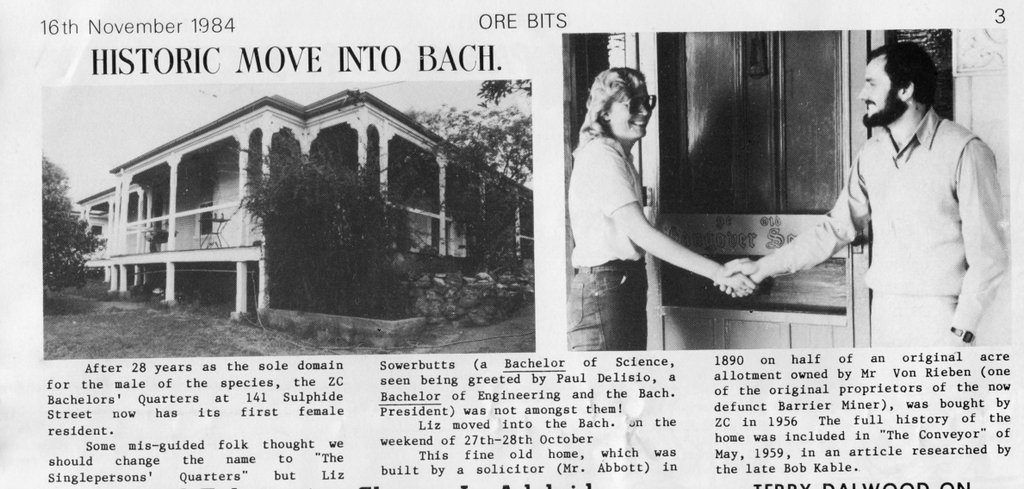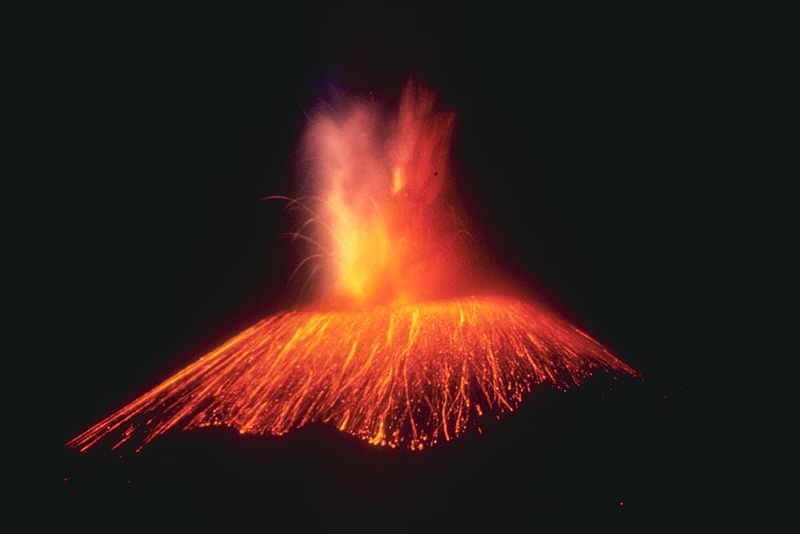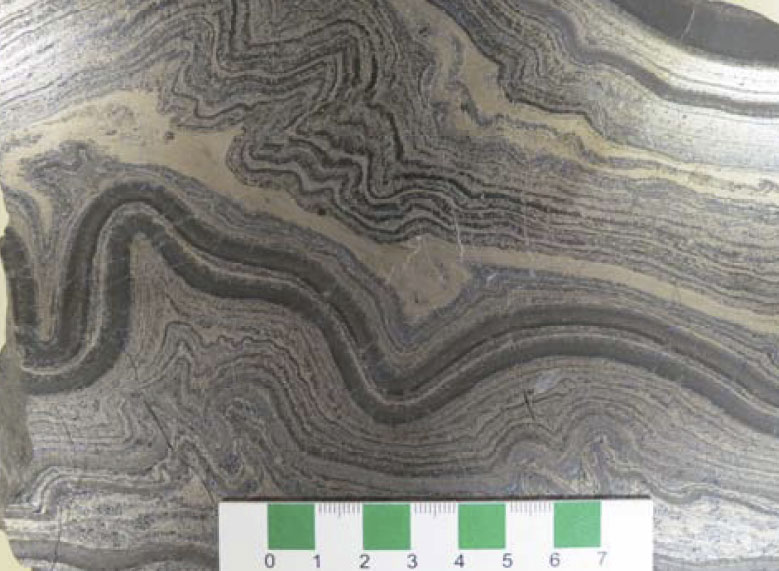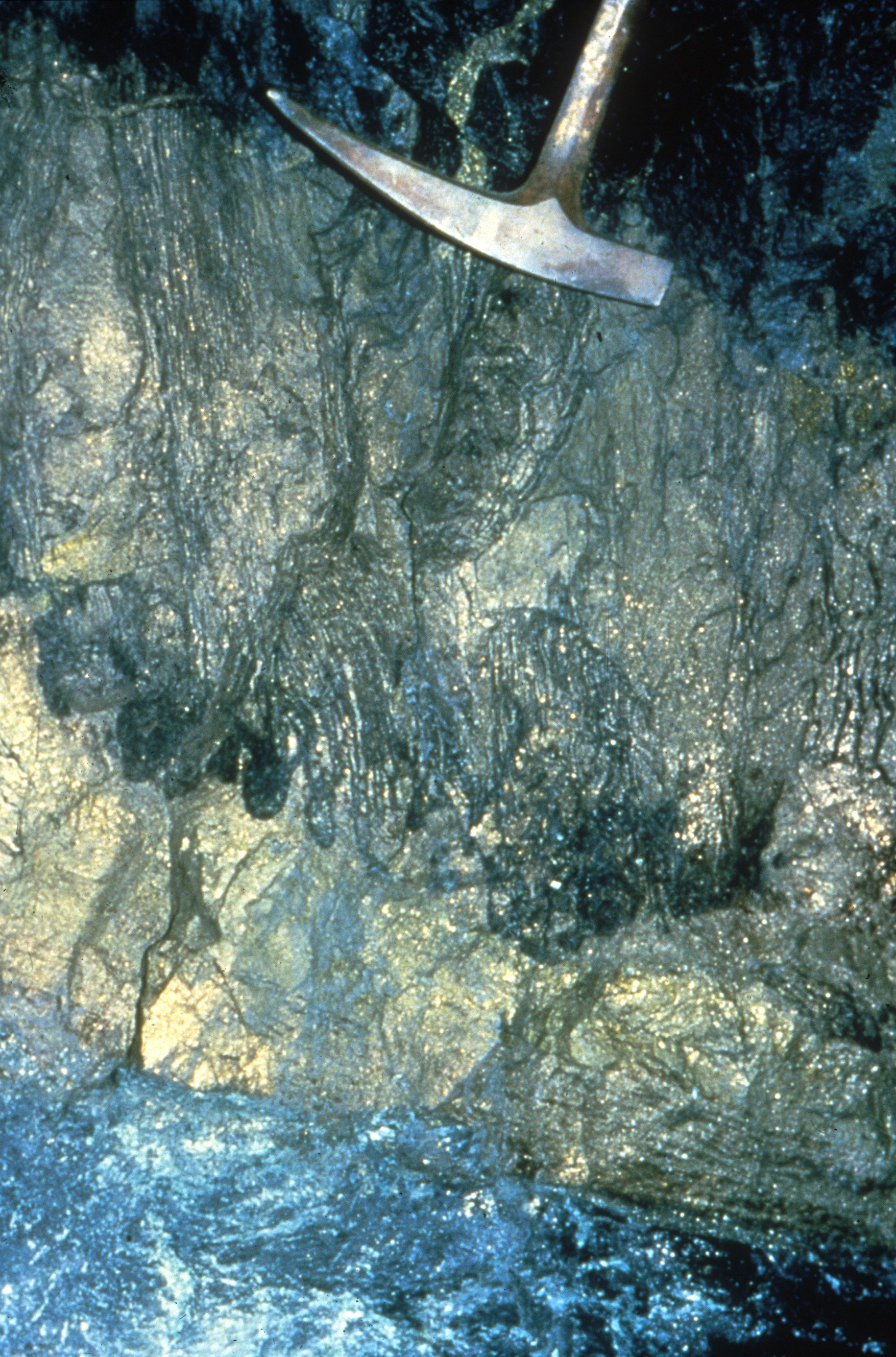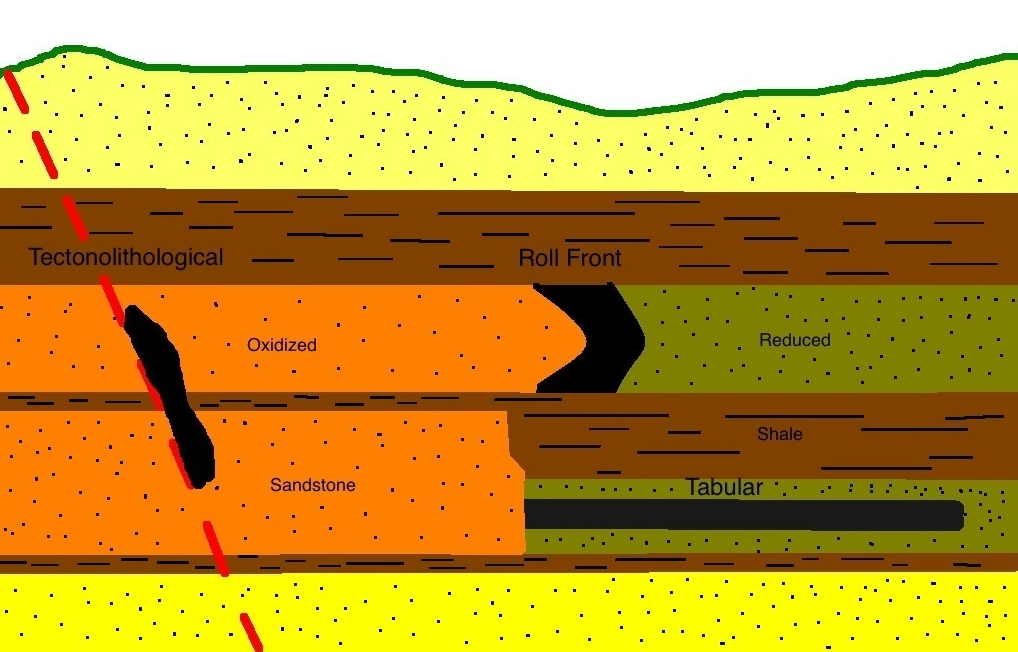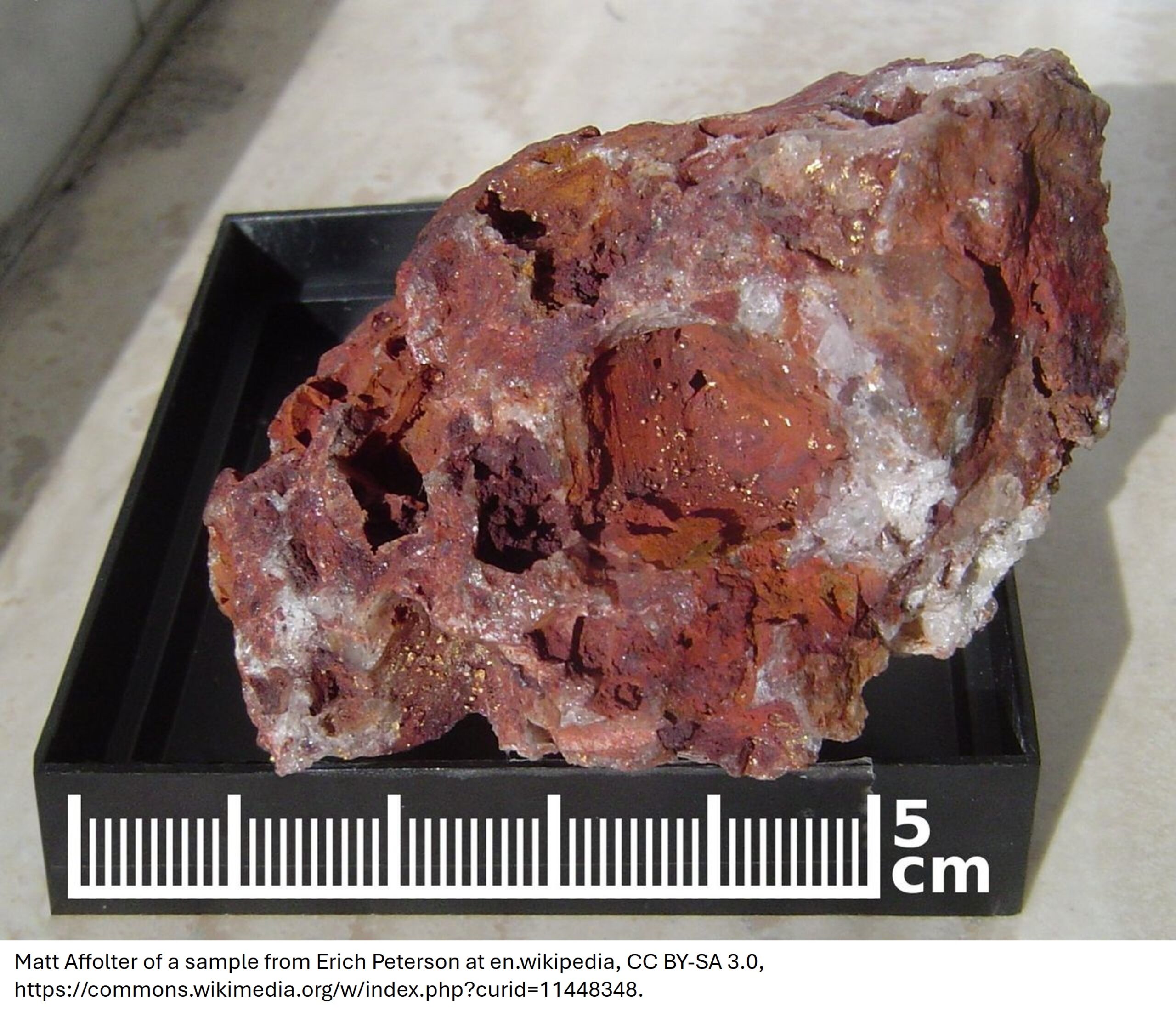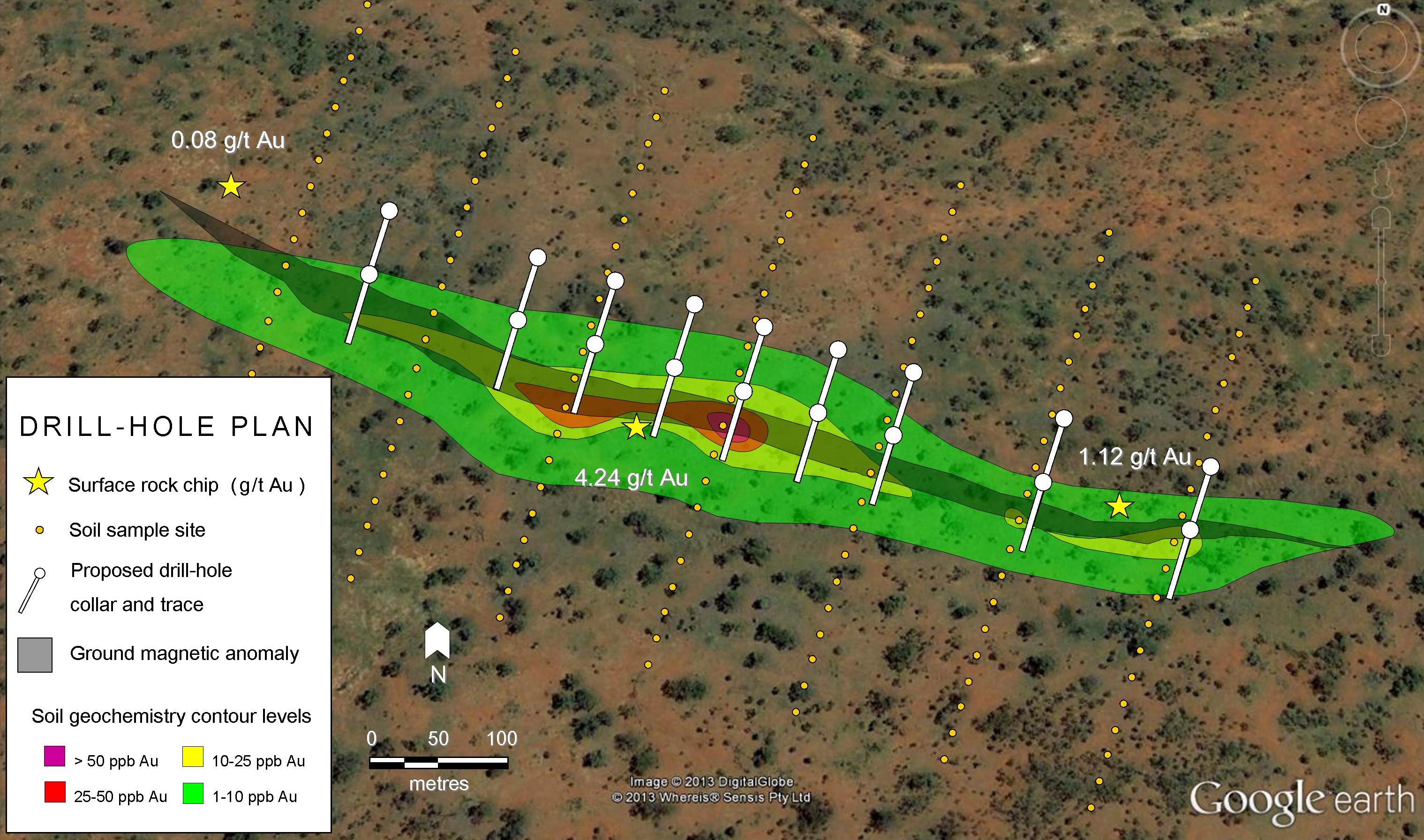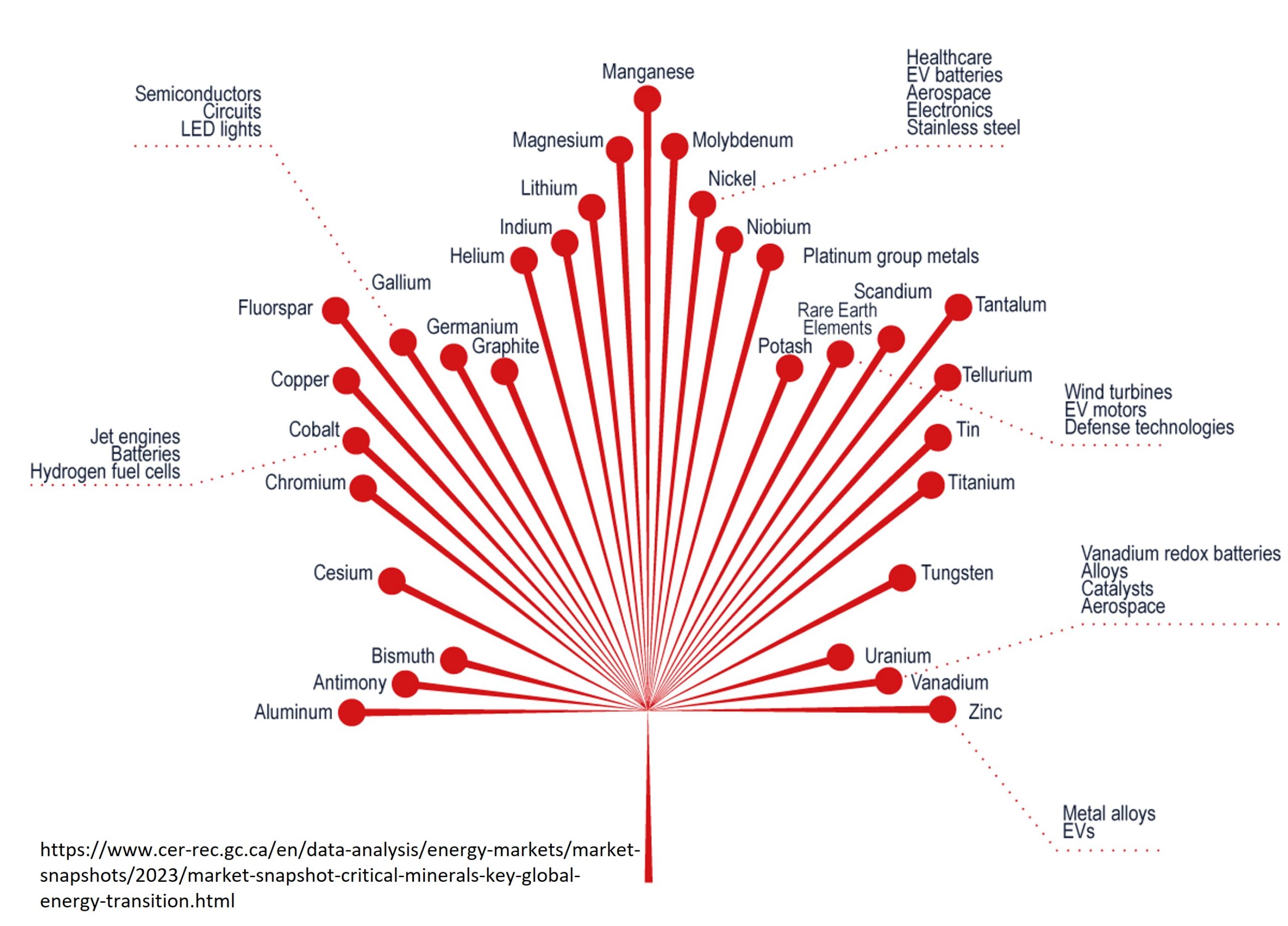Much speculation has been created around the idea of harvesting Helium-3 from the moon to use as a clean energy source. The promise of commercial fusion power has fuelled what was once thought of as science-fiction. So, how close are we to start mining lunar Helium-3? Find out in the text below.
What is Helium-3?
Helium-3 is a stable variant of the element helium – the most lightweight gas in the periodic table. Helium-3 is regarded as a primordial element, i.e. it has been around since the formation of the Earth. Discovered in 1939, Helium-3 is composed of two positive particles (aka protons) and one neutral particle (aka neutron), which is essential for the generation of nuclear power. A little background without going too much into the science behind it: chemical elements consist of an atom. Atoms are made of protons, neutrons, and electrons. Electrons are negatively charged particles that buzz around the nucleus of an atom. This nucleus is composed of protons and neutrons. Neutrons keep protons from repelling each other, which keeps the nucleus of an atom tightly bound together. A nuclear reaction is the rearrangement of the nucleus of an atom, which causes the release of energy.
Uses of Helium-3
The most remarkable use of Helium-3 is to promote nuclear fusion – the same reaction that powers the Sun. Existing nuclear power plants use nuclear fission, which splits uranium nuclei to create energy (plus radioactivity). Nuclear fusion on the other hand involves the fusion of hydrogen atoms that produces helium. Hydrogen is the lightest element and the most abundant substance in the universe. Two of its natural variants are commonly used for generation of power by nuclear fusion: a variant with one proton and one neutron (Deuterium) and a variant with one proton and two neutrons (Tritium). The deuterium-tritium nuclear fusion reaction results in a significant energy loss and is quite hard to contain. Alternatively, the fusion of deuterium and helium-3 creates helium-4 and a neutron. This reaction is easier to contain, more efficient, radiation-free, and produces ready-to-use electricity. The downside is that it requires more energy and time than the deuterium-tritium reaction.
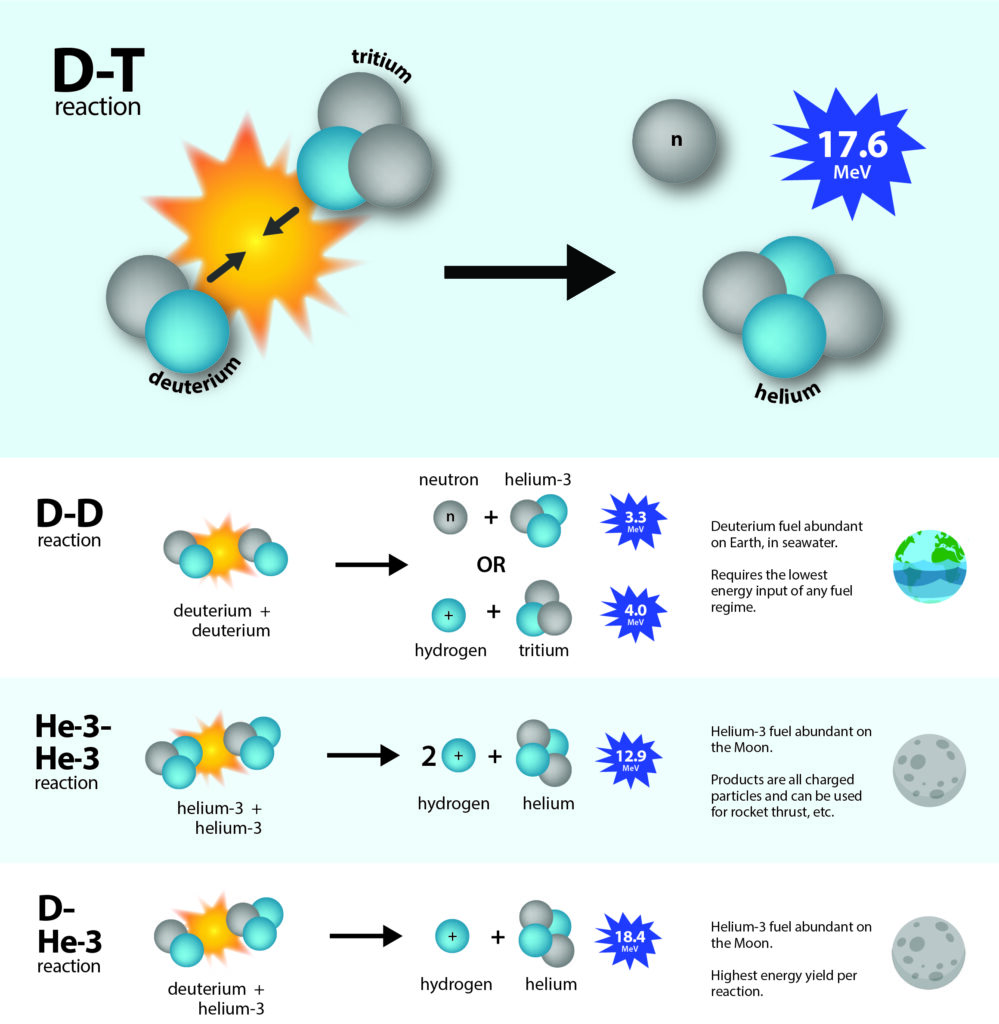
Helium-3 Resources
Compared to its abundance in the Solar System (0.001%), there isn’t much Helium available on the Earth (0.000137%). The element helium occurs in the Earth’s atmosphere at concentrations of 1.38 parts per million. It can also be found in some natural gas reservoirs at concentrations up to 7%, mainly in the US. However, most of this helium represents the main element variant helium-4, which is produced on Earth by the breakdown of heavy radioactive elements such as uranium. In the Earth’s atmosphere, there is one particle of Helium-3 for a million particles of Helium-4. Another small amount of Helium-3 available on Earth is produced as a byproduct of nuclear weapons. The real Helium-3 motherlode is found on the Moon’s surface. Since the Moon is not shielded by an atmosphere or magnetic field, Helium-3 from the solar wind accumulated over billions of years in its regolith – a thin (< 3 m) blanket of unconsolidated and heterogeneous material. Consequently, the Moon’s surface has Helium-3 at concentrations around 10-20 parts per billion, significantly more enriched than anywhere on Earth. It is estimated that the regolith of the Moon contains around 1,100,000 metric tons of Helium-3. According to the chief scientist of the Chinese Lunar Exploration Program (CLEP), Professor Ouyang Ziyuan, lunar Helium-3 could maintain the global energy industry for 10,000 years.
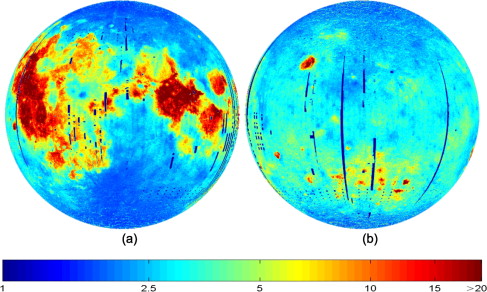
Extraterrestrial Mining
Unsurprisingly, the aspiration of mining Helium-3 from the Moon has attracted much interest recently. A study from the University of Wisconsin reports that about 25 tons of Helium-3, corresponding to a fully-loaded spaceship, could power the United States for a year. In an economic point of view, this means one ton of Helium-3 would cost $3 billion (can you think of other commodities with a similar price?). So, why are we not mining the Moon yet?
One stumbling block is designing a spacecraft to carry the equipment and crew to the lunar surface. Despite being created 40 years ago, the Apollo Saturn V remains the largest spaceship to date with a capacity of 50 tons. Even if it is still the benchmark of a reliable space rocket, more advanced space technology may be required to allow extraterrestrial mining.
Another issue is the mining process itself. To extract Helium-3, the surface of the Moon needs to be heated to 600° C (1,112° F). However, because the concentrations are low, over 150 tons of lunar regolith are required to obtain one gram of Helium-3. Despite not being a particularly difficult extraction process, the development of the machinery, transportation, and infrastructure has a total estimated cost of ca. $20 billion.
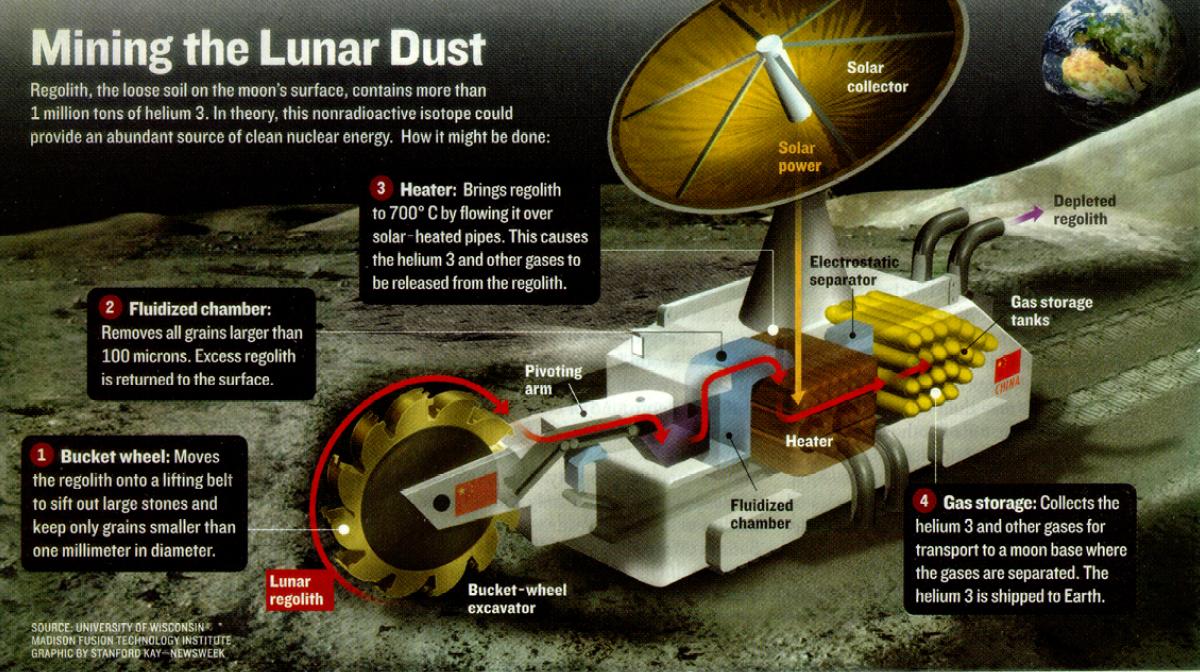
In addition to the cost challenges, regulatory hurdles are also expected. The guidelines to conduct extraterrestrial mining have been a matter of dispute for decades. One source of disagreement comes from the uncertainties over the policies involving the exploitation of celestial bodies. The Outer Space Treaty (OST) of 1967 defines the outer space as a global commons. That means no nation can claim ownership of the Moon. Yet, is not clear if non-government entities such as private companies are allowed to own the resources they mine. With no foreseen consensus, effective international laws governing space exploration will likely be a continuing issue.
Future Outlook
So, is Helium-3 mining on the Moon a viable option for Earth’s energy needs? In the near-term, the answer is probably no. Technologically, the operation is extremely complex. In terms of costs, it would be quite expensive. From a political perspective, the current international treaties are far from providing a reliable framework for a lunar mining operation. That said, if we can overcome these issues in the long-term then Helium-3 would be an excellent choice as a clean and reliable source of energy.
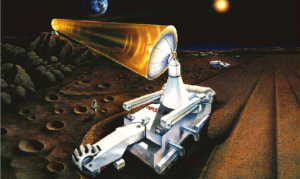
Even with all the obstacles ahead, several countries are getting on board of the outer space mining train. These include India, China, Russia, the US, Australia, South Korea, Japan and Europe. The US government-funded Artemis lunar exploration program aims to land on the Moon by 2024. The program is run by NASA in association with international partners including the European Space Agency (ESA), the Japan Aerospace Agency (JAXA), the Italian Space Agency (ASI), the Canadian Space Agency (CSA), the Australian Space Agency (ASA), the UK Space Agency (UKSA), and the United Arab Emirates Space Agency (UAESA). The Artemis program plans to establish a permanent, manned, self-sufficient lunar base.
Interest in extraterrestrial mining also comes from privately funded enterprise. Companies currently developing technologies for space exploration include the Blue Origin, Moon Express, SpaceX, Ispace, and Synergy Moon. Russia-based RSC Energia (MCX: RKKE) aims to develop a manned lunar program to land by 2025 and create a permanent base by 2030 to mine Helium-3.
Conclusions
Nuclear fusion generates huge amounts of energy without the inconvenient radioactive byproducts produced in conventional nuclear reactors. However, the feasibility of this process still requires major scientific breakthroughs to successively harvest Helium-3 from the Moon. Some of the drawbacks of mining the Moon for Helium-3 include mining operational issues, the high costs involved, and the environmental impact on the Moon system – which we don’t know much about. Moreover, other challenges need to be addressed before Helium-3 is a viable source of energy such as the extremely high temperatures required to achieve fusion reactions. Therefore, despite popular claims, lunar Helium-3 mining may still be unsuitable to provide a significant and reliable energy source in a near future. Other difficult-to-extract resources available on Earth, including recycled commodities, would likely be preferred as an investment opportunity over a lunar mining endeavour.
Companies Mentioned:
- RSC Energia (website)
- Blue Origin (website)
- Moon Express (website)
- SpaceX (website)
- Ispace (website)
- Synergy Moon (website)
Further Reading:
- Fusion Power from Lunar Resources (Kulcinski and Schmitt)
- The Artemis Project (website)
- Lunar Helium-3 and Fusion Power (NASA)
- Nuclear power and environmental issues (website)
Subscribe for Email Updates

